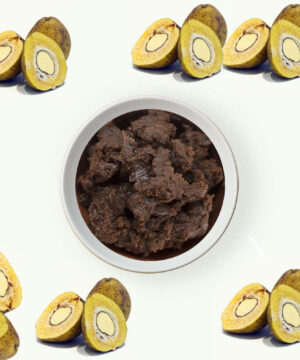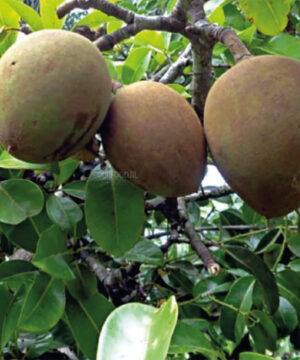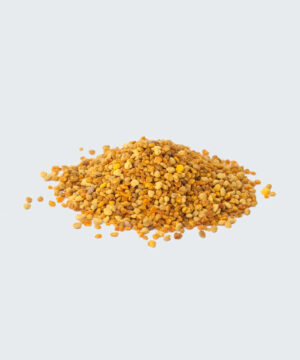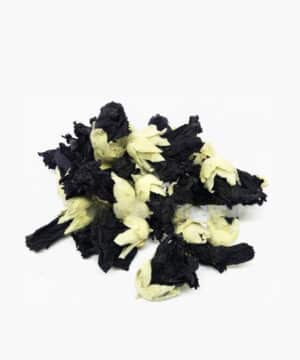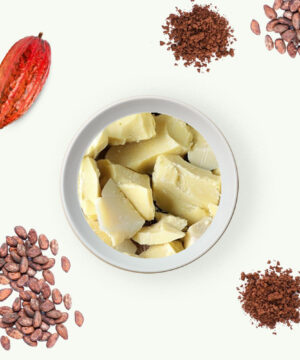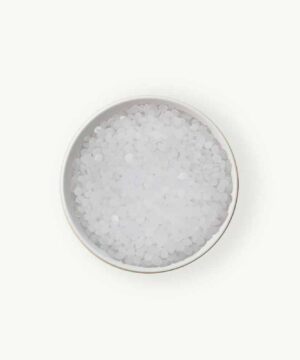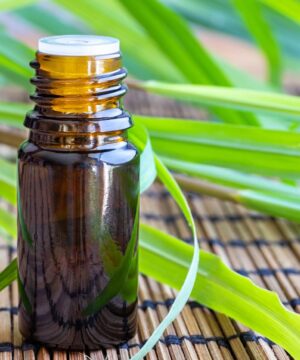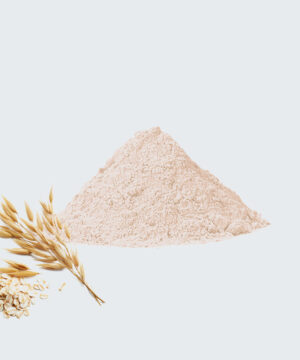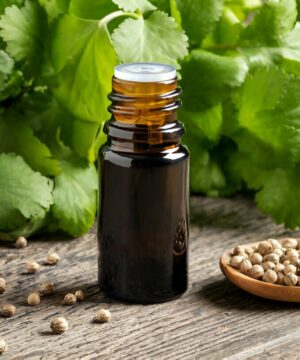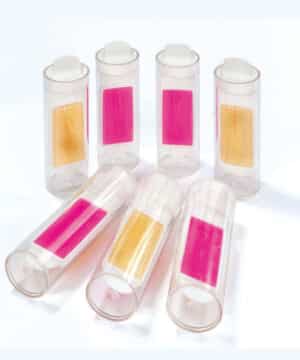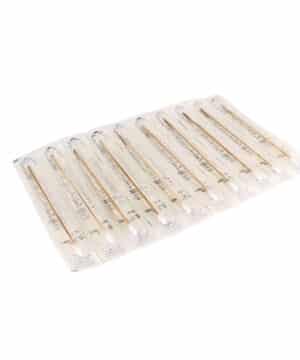Making Cosmetics
Showing 1–12 of 910 results
-
€5.95 – €1,800.00 incl. VAT Select options This product has multiple variants. The options may be chosen on the product page
-
€8.00 – €1,450.00 incl. VAT Select options This product has multiple variants. The options may be chosen on the product page
-
€4.95 – €1,200.00 incl. VAT Select options This product has multiple variants. The options may be chosen on the product page
-
€3.95 – €2,000.00 incl. VAT Select options This product has multiple variants. The options may be chosen on the product page
-
€22.95 – €1,300.00 incl. VAT Select options This product has multiple variants. The options may be chosen on the product page
-
€4.95 – €1,000.00 incl. VAT Select options This product has multiple variants. The options may be chosen on the product page
-
€6.95 – €850.00 incl. VAT Select options This product has multiple variants. The options may be chosen on the product page
-
€1.95 – €199.95 incl. VAT Select options This product has multiple variants. The options may be chosen on the product page
-
€4.95 – €3,000.00 incl. VAT Select options This product has multiple variants. The options may be chosen on the product page
-
€12.95 – €1,000.00 incl. VAT Select options This product has multiple variants. The options may be chosen on the product page
-
€5.95 – €1,500.00 incl. VAT Select options This product has multiple variants. The options may be chosen on the product page
-
€9.95 – €79.95 incl. VAT Select options This product has multiple variants. The options may be chosen on the product page
Showing 1–12 of 910 results
Making Cosmetics with Professional Ingredients
Creating your own cosmetics has never been more popular. Whether you’re formulating skincare, haircare, soap, or makeup, working with high-quality cosmetic ingredients is the key to safe and effective results. At YouWish, we supply everything you need to make cosmetics at home or for professional use—backed by guidance, recipes, and compliance know-how.
Why Make Your Own Cosmetics?
Making your own cosmetics allows you to:
-
Control every ingredient in your formulation
-
Avoid unnecessary fillers, harsh chemicals, or allergens
-
Create unique products tailored to your skin, hair, or brand vision
-
Experiment with natural and eco-friendly alternatives
Whether you want to make natural cosmetics, vegan skincare, or professional-grade formulations, the process starts with choosing the right cosmetic raw materials.
Essential Cosmetic Ingredients
When you start making cosmetics, the most important step is sourcing safe and approved raw materials. We offer a wide range of cosmetic ingredients for DIY formulators and cosmetic brands, including:
-
Oils & Butters: Shea butter, cocoa butter, mango butter, almond oil
-
Waxes: Beeswax, candelilla wax, sunflower wax
-
Emulsifiers: For stable creams and lotions
-
Surfactants: For shampoos, body washes, and cleansers
-
Fragrance Oils & Essential Oils: To create unique scents
-
Preservatives & Antioxidants: To ensure safety and longer shelf life
-
Colorants & Micas: For soaps, balms, and makeup
Every product is available in small or bulk quantities, ideal for hobbyists and professional formulators alike.
How to Make Cosmetics Step by Step
Making cosmetics might sound complex, but with the right ingredients and guidance, it becomes a creative and rewarding process. Here’s a simple outline:
-
Choose Your Recipe – Decide if you’re making a cream, lotion, serum, soap, shampoo, or makeup product.
-
Select Ingredients – Pick your oils, emulsifiers, fragrances, and additives.
-
Measure & Mix – Follow proper formulation guidelines with precise ratios.
-
Heat & Blend – Depending on the product, melt or emulsify your base ingredients.
-
Cool & Add Sensitives – Fragrances, vitamins, and preservatives are usually added last.
-
Package & Label – Store in clean, suitable packaging and label with INCI names.
We also provide DIY cosmetic recipes so you can easily start creating your own products.
Making Natural and Sustainable Cosmetics
The trend toward natural cosmetics continues to grow. More people are avoiding synthetic additives and opting for eco-friendly, cruelty-free ingredients. We support this movement by offering:
-
Plant-based waxes and butters
-
Organic essential oils
-
Biodegradable exfoliants (instead of microplastics)
-
Vegan emulsifiers and thickeners
This way, you can create cosmetics that are gentle on the skin and the environment.
Cosmetic Compliance and Safety
When making cosmetics for sale, it’s important to follow EU Cosmetic Regulation (EC) No 1223/2009. That means ensuring your products are safe, tested, and properly documented with a Cosmetic Product Safety Report (CPSR) and PIF (Product Information File).
Our team offers guidance on compliance, helping you move from DIY experiments to professional cosmetic production.
Start Making Your Own Cosmetics Today
At YouWish, you’ll find everything you need to make cosmetics: raw materials, professional advice, and ready-to-use recipes. Whether you’re new to DIY cosmetics or scaling up a cosmetic brand, we’re here to support your journey.
Lotion making
Lotion is a popular personal care product that is used to moisturize and nourish the skin. It can be made at home using a variety of natural ingredients and techniques, allowing you to customize the formula to suit your specific needs and preferences. In this article, we will explore the process of making lotion and the ingredients and equipment needed to get started.
Types of Lotion
There are several types of lotion that can be made at home, including body lotion, facial lotion, and hand lotion. Body lotion is a moisturizing product that is used to nourish and hydrate the skin on the body. Facial lotion is a lighter moisturizing product that is specifically formulated for the delicate skin on the face. Hand lotion is a moisturizing product that is used to nourish and protect the skin on the hands.
Ingredients and Equipment
To make lotion at home, you will need a few basic ingredients and equipment. Some common ingredients include oils, butters, water, and emulsifiers. You will also need equipment such as a digital scale, a heat-resistant container for mixing, a stick blender for mixing, and a container for storing the finished product. It is important to use caution when working with hot ingredients and to follow proper safety guidelines.
Making Lotion ingredients
The process of making lotion involves mixing together the necessary ingredients and allowing the mixture to emulsify, or combine into a smooth and stable formula. This process typically involves heating the oils and butters until they are melted, adding the water and emulsifiers, and blending the mixture using a stick blender until it reaches the desired consistency. The exact process will vary depending on the specific recipe and type of lotion you are making.
Making lotion at home
In conclusion, making lotion at home is a fun and rewarding process that allows you to customize the formula to suit your specific needs and preferences. By carefully selecting and using the right ingredients, you can create a lotion that nourishes and moisturizes your skin, and provides long-lasting hydration. Whether you are making body lotion, facial lotion, or hand lotion, there are endless possibilities for creating a personal care product that meets your needs and preferences.


